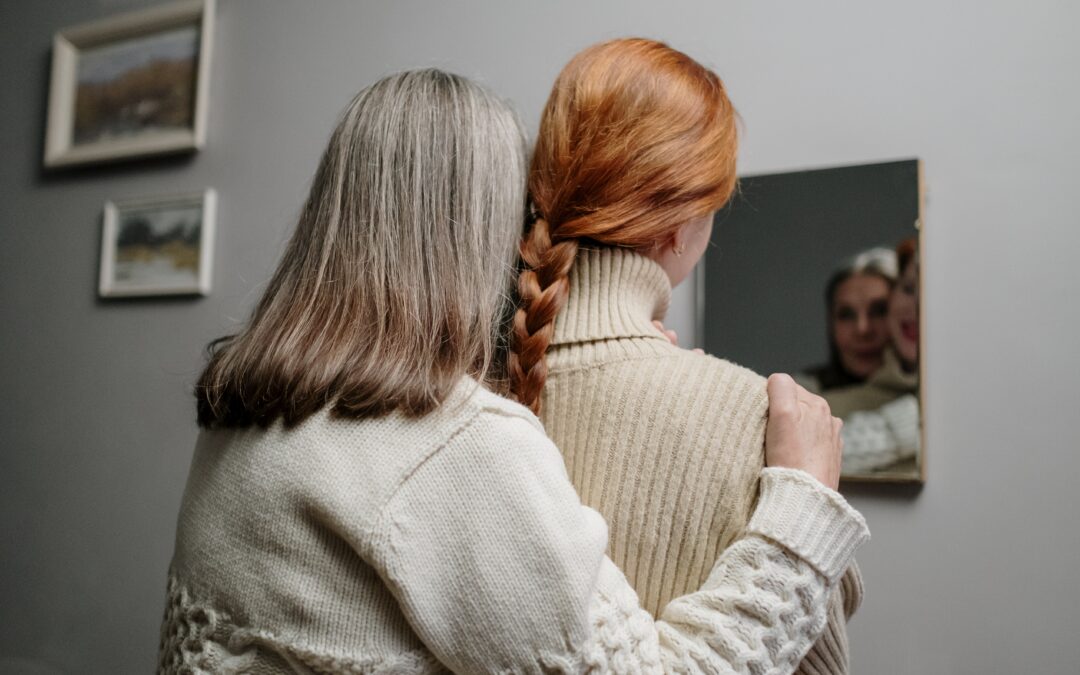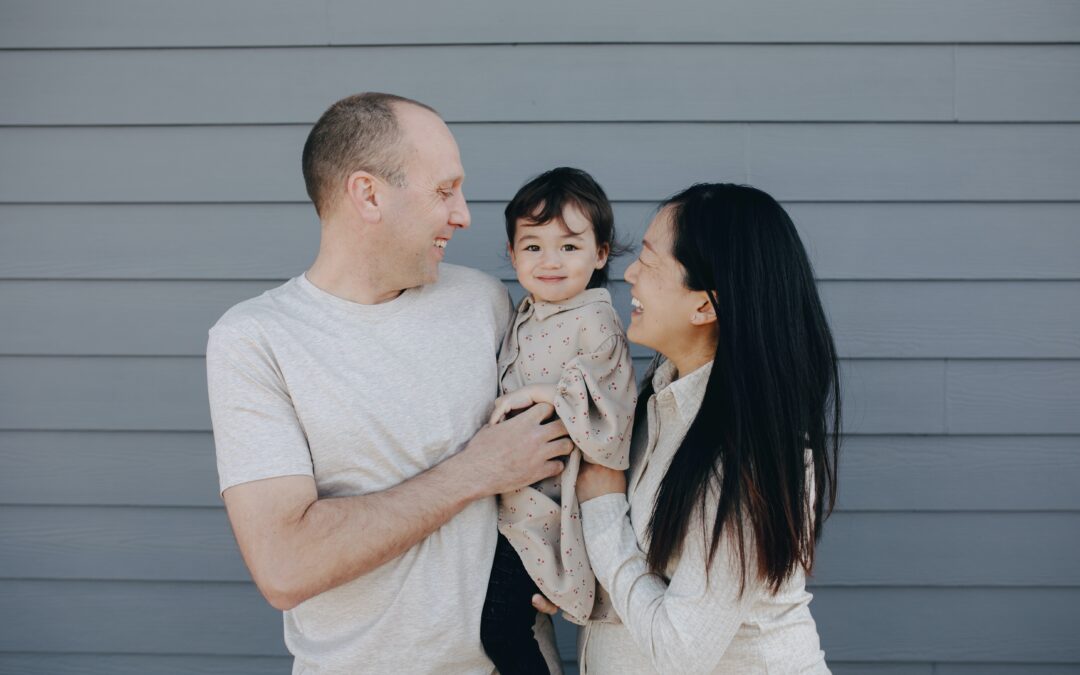Recently, new findings from the Pew Research Center showed that the share of Americans who view single motherhood and cohabitation as negative for society rose significantly from 2018 to 2021. Meanwhile, various media, news, and entertainment outlets still sell “single motherhood by choice” as empowerment and disdain preferences for the traditional family structure as archaic or misogynistic. Why are Americans resisting this narrative and cementing their views that children need both mothers and fathers?
The Myth of “Single Motherhood By Choice”
Many famous women have chosen to become single mothers through adoption or medical procedures such as IVF. By and large, their decisions have been approved and promoted by the popular culture as just another “choice” for women to find self-fulfillment, available to any woman who wants to have children regardless of her marital status. But as many famous single mothers will attest, it’s no walk in the park, and they can’t do it on their own – or at least without paying a pretty penny. An Us Weekly profile of “Celebrity Single Moms Who Do It All Without a Partner” reveals in fact the opposite: raising a child alone isn’t something one does alone. Comedienne Mindy Kaling admitted she can only do it “with the help of a full-time nanny and her retired dad.” Actress Lucy Liu told CBS in 2016, “I don’t really raise [my son] by myself…I have a lot of friends and a group of people who help me.” So while single motherhood by choice has been given the spotlight, countless caretakers, nannies, grandparents, and others stand in the shadows doing the unseen work usually split between mothers and fathers in the traditional family.
The Unchosen Compromises of Single Motherhood
The past few turbulent years have revealed a country whose very foundations are unraveling. Chaos and strife fill streets, homes, and our governmental branches. Perhaps Americans watching this unfold in the public square before their very eyes see with greater clarity how the erosion of family life attacks the very foundation of societal stability. The proliferation of single motherhood across our society has had disastrous effects on boys in particular, leading to lower achievement, reduced future income, and a higher rate of criminal activity. Are we to blame single mothers themselves for this state of affairs? Of course not. Many of them are in the impossible position of both providing for and raising children at the same time, splitting time between work and home, struggling to put food on the table while also paying for suitable childcare when they’re away. Though we’re hesitant to “discriminate” between single motherhood and two-parent households, it’s obvious that mothers stretched thin with work and child-rearing are suffering. For most single mothers, it is a struggle, and not sustainable by oneself. Famous mothers have the advantages of higher income, thicker networks, and more. It’s the mothers who can’t choose who suffer because of the false impression “single motherhood by choice” generates in society.
Are We Just Being Judgmental?
On top of the erosion of the public square, one imagines that the past two years of COVID crisis have had as much of an impact, if not more, on single mothers than on two-parent families – as the burdens of work, childcare, chores, and education fell on single mothers alone. An article in the Institute for Family Studies blog asked IFS Senior Fellow Dr. Scott Stanley whether Americans “are simply becoming more judgmental about women raising children on their own.” Dr. Stanley wonders instead “if this is the voice of ever-increasing experience with these relationship and family patterns. I would suspect it’s more about people experiencing how much harder it is to be a single parent.” Children of single mothers are surely grateful for everything their mothers did for them, but also probably recognize how difficult it was for them at times. We suspect that children of single mothers, however grateful, would not want to replicate that family structure for their own children – something those privileged enough to have grown up with two parents, to afford childcare and other luxuries should take to heart.







